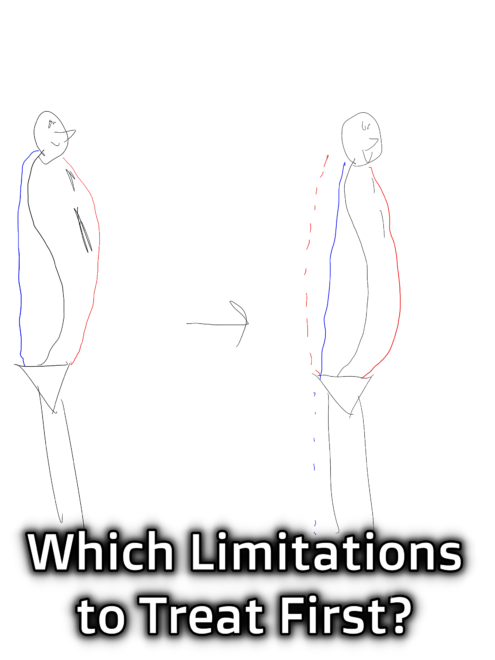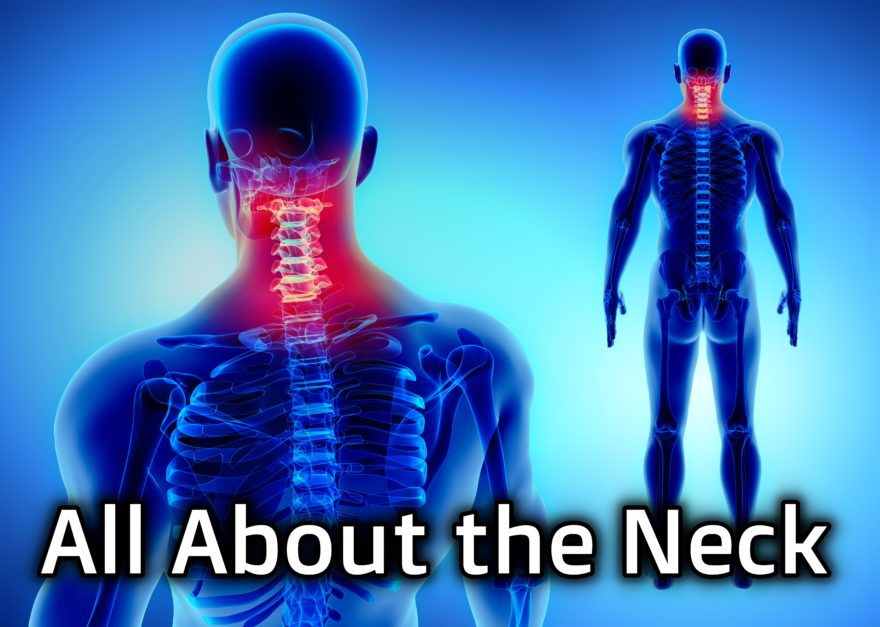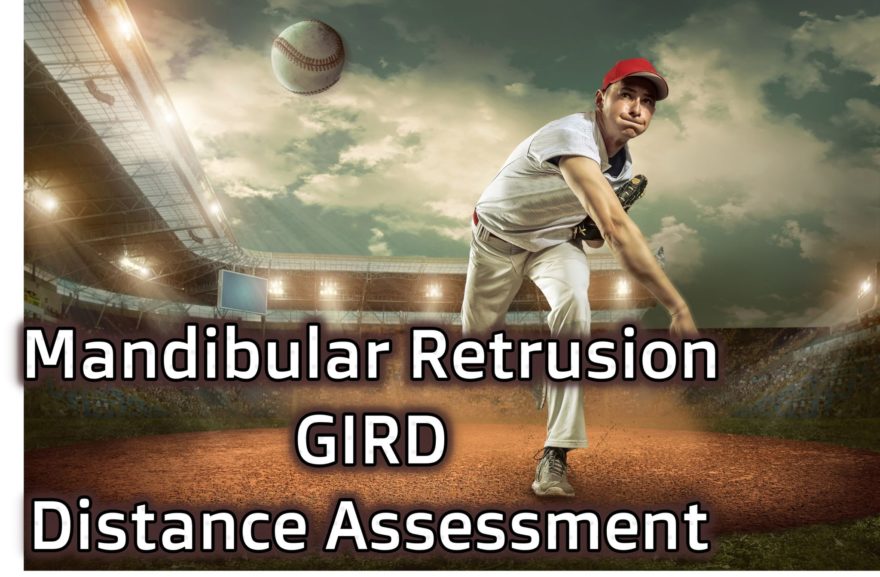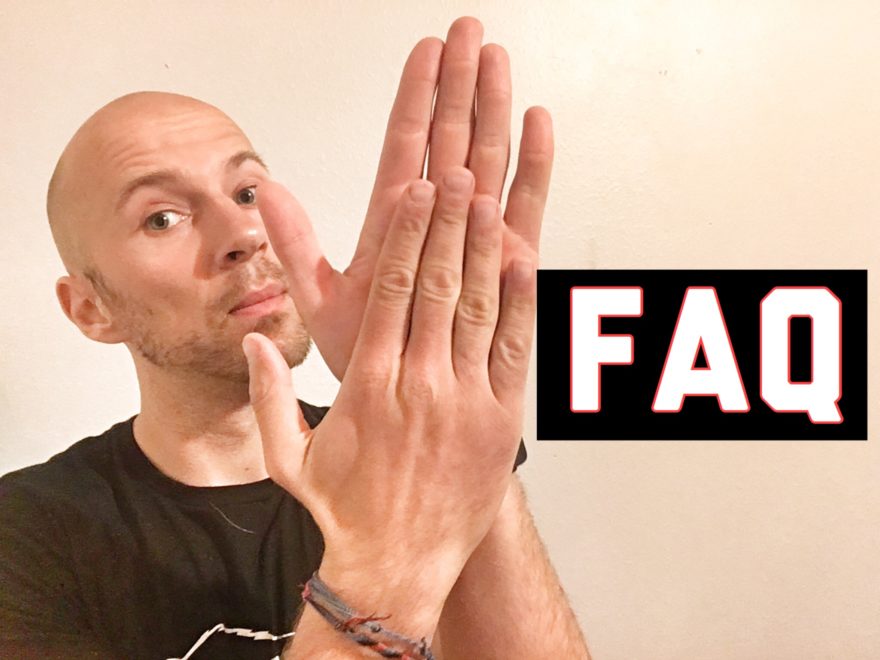Tag: cranium

Which Limitations to Treat First?
So you have all these limitations you’ve found. You may inevitably ask yourself: Uhh…where do I start, fam!?!? This post…

All About the Neck
A comprehensive look at cervical biomechanics and exercise The Wu-Tang clan once said “Protect Ya Neck,” but how in the…

Mandibular Retrusion, GIRD, and Distance Assessment – Movement Debrief Episode 85
Movement Debrief Episode 85 is in the books. Below is a copy of the video for your viewing pleasure, and…
Course Notes: The Last Craniocervical Mandibular Restoration Evahhhhh
You’d Think I’d Learn it the First Time Around You’d think, but CCM is one of the hardest PRI courses…

